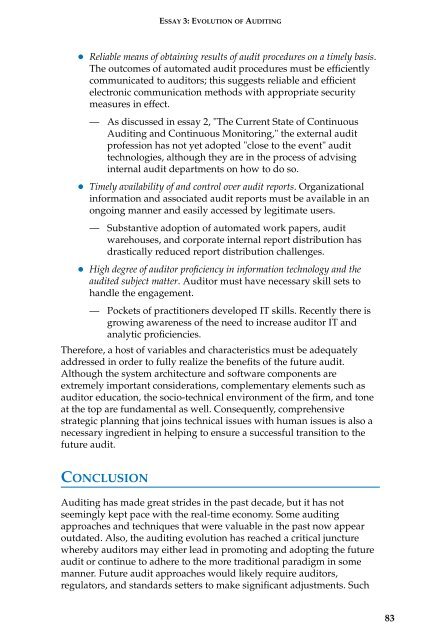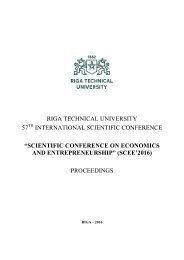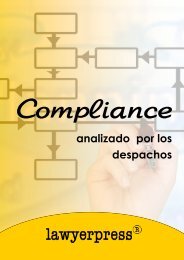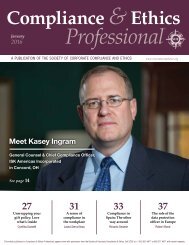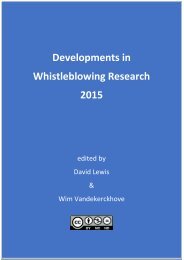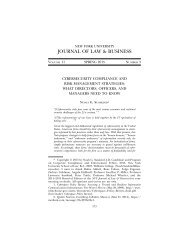AUDIT ANALYTICS AUDIT
x8YaD9
x8YaD9
- No tags were found...
You also want an ePaper? Increase the reach of your titles
YUMPU automatically turns print PDFs into web optimized ePapers that Google loves.
ESSAY 3: EVOLUTION OF <strong>AUDIT</strong>ING<br />
Reliable means of obtaining results of audit procedures on a timely basis.<br />
The outcomes of automated audit procedures must be efficiently<br />
communicated to auditors; this suggests reliable and efficient<br />
electronic communication methods with appropriate security<br />
measures in effect.<br />
— As discussed in essay 2, "The Current State of Continuous<br />
Auditing and Continuous Monitoring," the external audit<br />
profession has not yet adopted "close to the event" audit<br />
technologies, although they are in the process of advising<br />
internal audit departments on how to do so.<br />
Timely availability of and control over audit reports. Organizational<br />
information and associated audit reports must be available in an<br />
ongoing manner and easily accessed by legitimate users.<br />
— Substantive adoption of automated work papers, audit<br />
warehouses, and corporate internal report distribution has<br />
drastically reduced report distribution challenges.<br />
High degree of auditor proficiency in information technology and the<br />
audited subject matter. Auditor must have necessary skill sets to<br />
handle the engagement.<br />
— Pockets of practitioners developed IT skills. Recently there is<br />
growing awareness of the need to increase auditor IT and<br />
analytic proficiencies.<br />
Therefore, a host of variables and characteristics must be adequately<br />
addressed in order to fully realize the benefits of the future audit.<br />
Although the system architecture and software components are<br />
extremely important considerations, complementary elements such as<br />
auditor education, the socio-technical environment of the firm, and tone<br />
at the top are fundamental as well. Consequently, comprehensive<br />
strategic planning that joins technical issues with human issues is also a<br />
necessary ingredient in helping to ensure a successful transition to the<br />
future audit.<br />
CONCLUSION<br />
Auditing has made great strides in the past decade, but it has not<br />
seemingly kept pace with the real-time economy. Some auditing<br />
approaches and techniques that were valuable in the past now appear<br />
outdated. Also, the auditing evolution has reached a critical juncture<br />
whereby auditors may either lead in promoting and adopting the future<br />
audit or continue to adhere to the more traditional paradigm in some<br />
manner. Future audit approaches would likely require auditors,<br />
regulators, and standards setters to make significant adjustments. Such<br />
83


